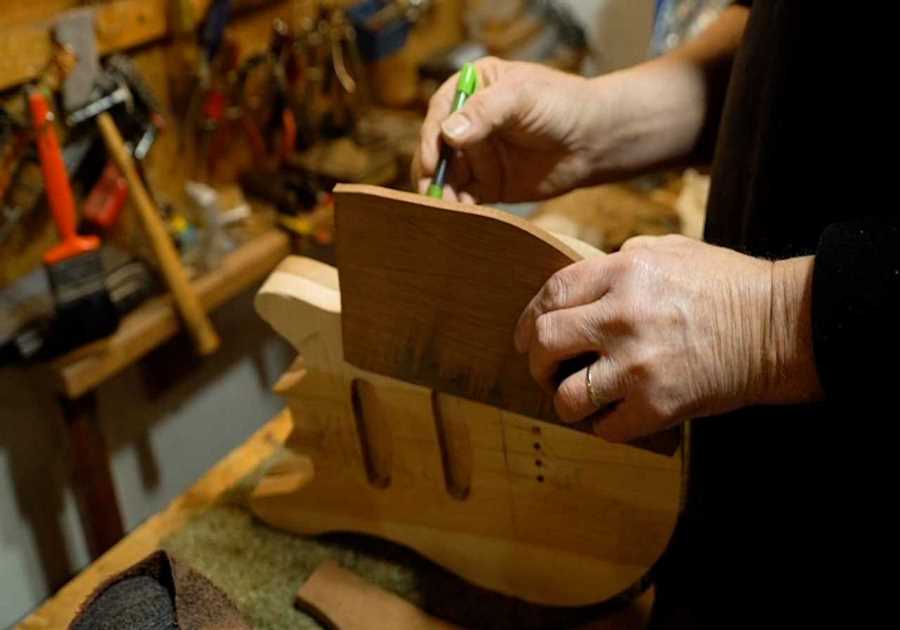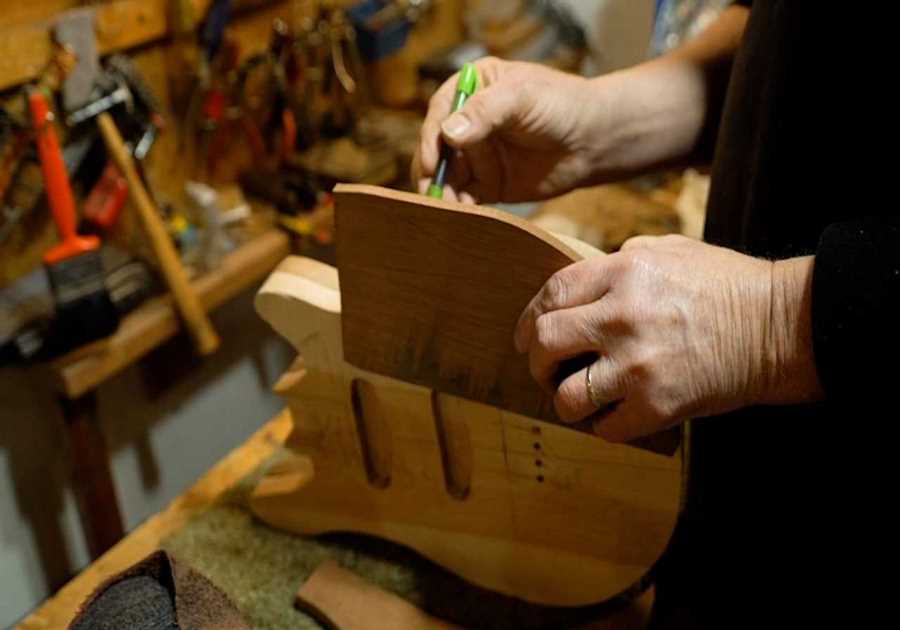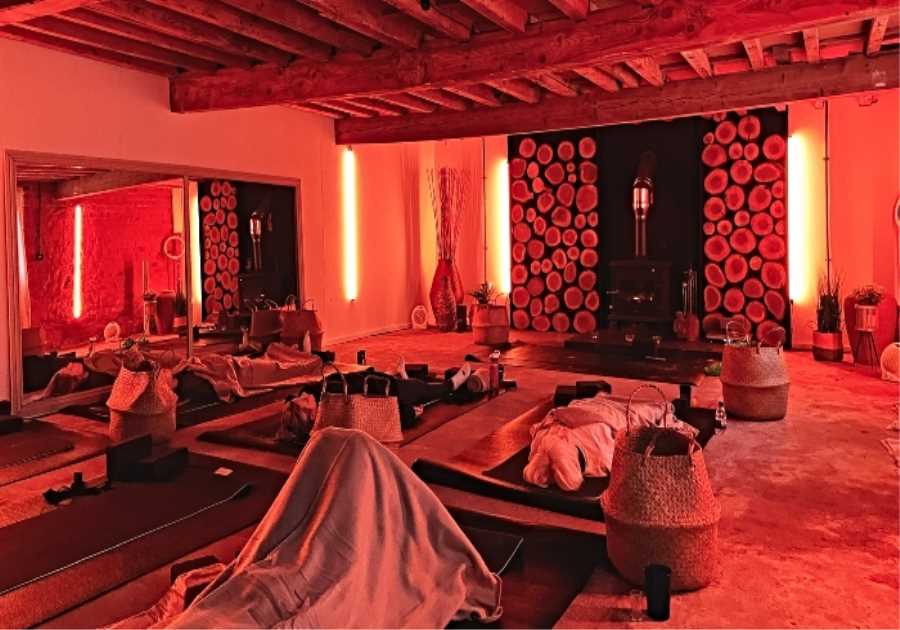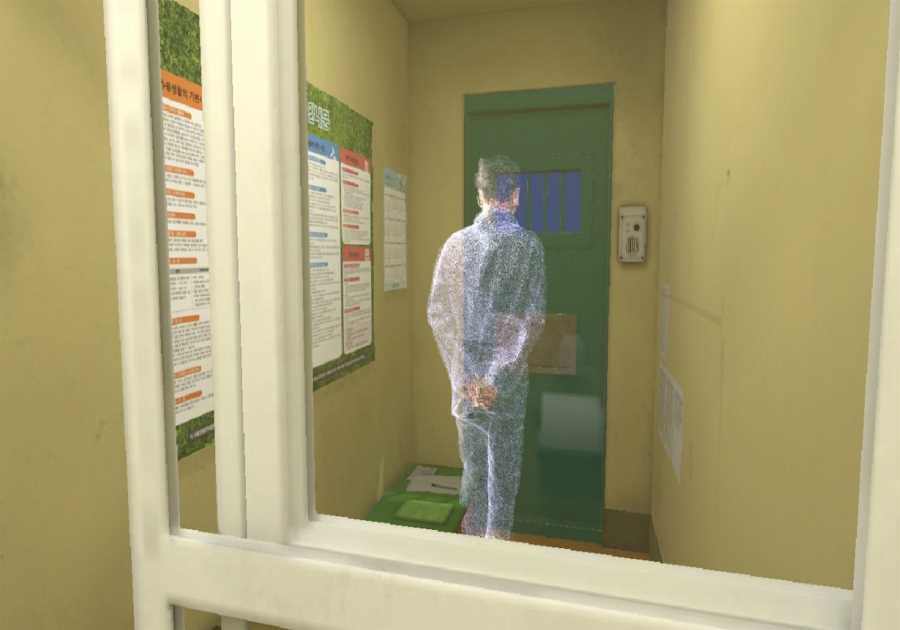Monk in the modern age: Bhante Sanathavihari
Buddhistdoor Global | 2021-01-05 |
This article was originally published by Buddhistdoor en Español. The following is a translation of this article.
Our daily lives were suddenly affected by unprecedented changes As a result of the COVID-19 pandemic, the final consequences that we cannot yet understand. In this context, cyberspace and social media offer us a virtual environment in which we can meet, learn, communicate with one another and perhaps reflect on our modern culture and the need to find different ways of thinking and living.
Bhante Sanathavihari Bhikkhu is a Mexican-American Theravada monk who lives at the Sarathchandra Meditation Center in North Hollywood, Los Angeles. He represents a new generation of Spanish-speaking monks who are making extensive use of digital communication methods and social media, which is proving to be extremely effective in spreading the Dharma in Spanish.
Bhante Sanathavihari Bhikkhu, whose maiden name is Ricardo Ortega, is 35 years old. He was born in Los Angeles and received a Catholic education. He holds a BA in Religion from American Military University and spent nine years in the US Army. After three missions in Afghanistan he was ordained a novice in the Theravada tradition, at the age of 30, in the line of the Amarapura Nikaya fraternity. In 2015 he received a higher ordination in the Sarathchandra Buddhist Center of the Maharagama Bhikkhu Training Center (Maharagama Dharmayathanaya) in Colombo, Sri Lanka. Today Bhante Sanathavihari is the director of Casa de Bhavana, a Theravada organization dedicated to spreading the Dharma and promoting the practice of meditation
In this interview, Bhante Sanathavihari Bhikkhu talks to us about his background and his inspiration and calling to share the Dharma online in Spanish.

Bhante Sanathavihari Bhikkhu. Image courtesy of Casa de Bhavana
Buddhistdoor in Spanish:: Bhante, we would like to hear about your background. Can you tell us how you decided to become a monk?
Bhante Sanathavihari Bhikkhu:: My decision to become a monk was made a few years after I started studying Buddhism. One day I went to my regular meditation class on Friday night at my local Theravada monastery that I found through Google. However, one of the monks told me that there would be no meditation that evening and that an elderly visiting monk would give a Dharma lecture instead. His presentation didn’t do much for me, but the monk’s next conversation – my future master Bhante Madawela Punnaji – was a catalyst for re-evaluating what I really wanted in my life. At that time, I had embarked on a journey to self-actualization and became who I believed I wanted to be. It was the typical tale of young men who want to look good, be in good physical shape, have a nice car, a nice girlfriend, and so on. However, after getting what I wanted, I did not find the satisfaction I was looking for. That was the fuel that sparked Bhante Punnaji’s speech on the Dharma. After that, I decided to live it in my life as much as possible. The Dharma became my priority to see if I could satisfy this existential turmoil and worry that troubled me all the time.
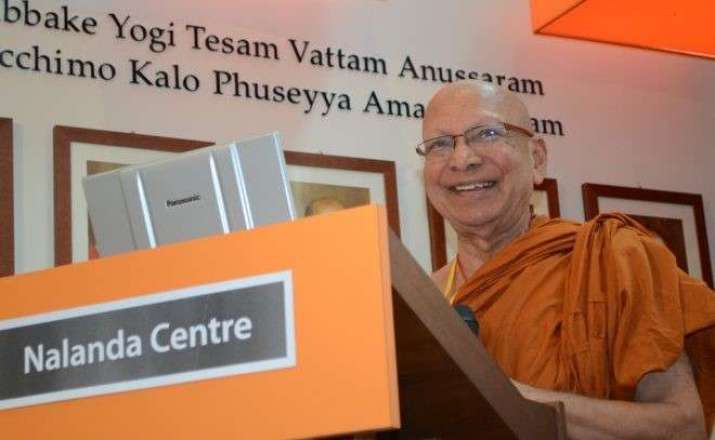
Bhante Madawela Punnaji. Image courtesy of Casa de Bhavana
At that time, I was ordered to go on another mission to Afghanistan with the US Air Force. However, I stuck to my daily Dharma practice which consisted of reading the Dhammapada, singing, meditating, and following online discussions about the Dharma. When I got back from Afghanistan I did a couple of meditation retreats and during one of them I knew my future was going to be ordained. Although most of my friends thought I was at the height of my life, I was no longer satisfied with everyday life.
BDE: After your long stays in Afghanistan and your immersion in the Buddhist teachings, what made you dedicate your life to spreading the Dharma in Spanish?
BOD: To tell the truth, I had no intention of sharing the Dharma in Spanish at all. I didn’t even intend to share the Dharma in English. However, there was a pre-existing Latino community in the monastery where I was ordained and still live – the Sarathchandra Buddhist Center – and I found that I was continuously explaining the Dharma to them in Spanish. And one day they encouraged me to start a YouTube channel called “Monk in Modernity”.
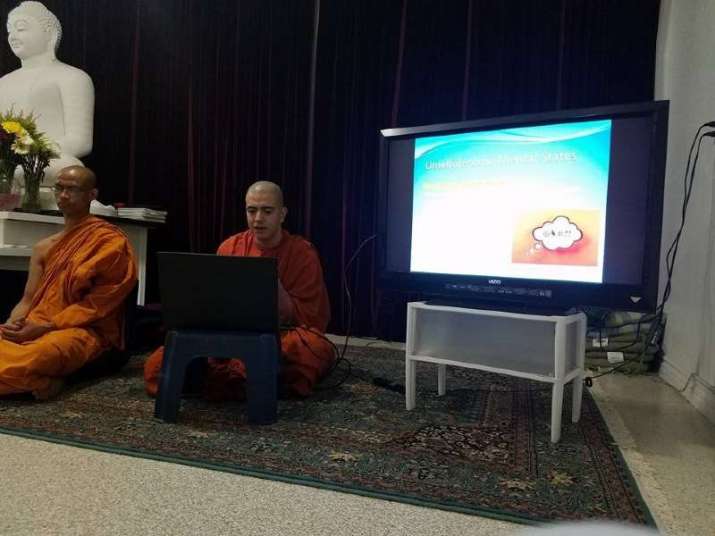
Image courtesy of Casa de Bhavana
BDE: It seems clear that you are doing an admirable job of sharing the Dharma. What communication media do you use to spread the teachings?
BOD: As I mentioned earlier, my work on YouTube started until a man from Barcelona, Spain invited me to start a Facebook group that would focus on sharing the Dharma in Spanish. It has been about three years since we started this group called Casa de Bhavana. The group has conducted live group meditations online. We started using Skype and have been using Zoom for two years. We also have a website, casadebhavana.com.
BDE: What aspects of the Dharma do you devote most of your time to during your class?
BOD: My focus has always been on practice, an informed practice based on the Pali discourses and the Vinaya. I have Dharma conversations with a double perspective, one of which is early Buddhism and the other is the psychological perspective. Most of the content on our Facebook group and YouTube channel is related to the Pali discourses or is meditation.

Image courtesy of Casa de Bhavana
BDE: Who is your audience Which Latin American countries do you see the most devotees from and which countries do you visit to spread the Dharma?
BOD: According to analyzes from YouTube, Facebook and Amazon, most of our followers are from Mexico and secondly from Spain. These results have increased even further as we have conducted meditation retreats in both Mexico and Spain. We have published a Spanish translation of Bhante Punnaji’s book Return to Tranquility in Spain. Our congregation at the Sarathchantra Buddhist Center consists of Mexicans, Guatemalans, Peruvians, Salvadorans, and many other Latin American congregations.
BDE: What tips could Buddhism give us today about the consequences of COVID-19? How should Buddhists deal with the pandemic?
BOD: I don’t think I can say anything new about the pandemic situation. The virus is like any other tragedy in the world. In the United States, around 88,000 people die each year in alcohol-related incidents. How many people die of hunger each year? We are surrounded by death always and everywhere. The pandamus is just a high profile tragedy. What Buddhism can do is remove the bandage from our eyes so that everyone can see the instability, insecurity, impermanence, and unsatisfactory nature of existence. I would now like to share some teachings from my late master Bhante Punnaji:
Everything that is close to me and loved by me is subject to change and separation. When these things change and go, all that remains is an emotional state (kamma). My emotional state makes me unhappy. Depending on external and changing conditions for my happiness, I experience sadness and unhappiness. As long as I do not depend on these external conditions for my happiness, I cultivate distance, compassion, happiness and calm and receive true happiness. Pleasure is the stimulation of the senses. Happiness is a state of mind that is devoid of egocentric emotions.
Everything depends on the conditions.
Since it depends on the conditions, it is unstable.
Because it’s unstable, it’s uncomfortable.
Because it’s uncomfortable, it’s out of my control.
Because it’s out of my control, it’s not mine.
Because it’s not mine, it’s not my “self” or part of me.
Ariyamagga Bhavana Level I.

Image courtesy of Casa de Bhavana
BDE: Can you tell us something about your future plans?
BOD: My future plans are to found monasteries in Mexico and Spain. I would also like to start a Spanish speaking Buddhist center in Los Angeles. I know I am very ambitious, right? However, I have always been a dreamer. I see a great thirst for the Dharma in Spanish-speaking countries. I think that the Dharma was only available to the rich in Spanish-speaking countries for a very long time, and my dream would be to bring the Dharma to everyone for free and without religious conversion. I hope I can help people who have little or no access to resources – the people who are most vulnerable in our society. And there is one more thing I want to see how Latinos are ordained in their countries of origin. When the King of Sri Lanka Bhante Mahinda asked if the Dharma was founded in Sri Lanka, he said no, until there were Sri Lankan bhikkhus we could not say that the Dharma was founded in Sri Lanka. Until there are ordained bhikkhus in Latin America, we cannot say that the Dharma was established in Latin America.

Bhante Sanathavihari Bhikkhu.
Image courtesy of Casa de Bhavana
See more:
Casa de Bhavana
metasutta y metta bhavana (benevolencia) (YouTube)
Meditation with the Arya Center: Yoga & Psychology (YouTube)
Second sermon of the 2018 retreat in Mexico (YouTube)
Anicca Bhavana (Impermanence Meditation) (YouTube)
Buddhistdoor Global related features
Integrating Dharma Practice in Spanish: An Interview with Venerable Dhammadīpa Samaneri
A life in Dharma: Fernando Tola and Carmen Dragonetti
Interview with Montse Castellà Olivé, President of Sakyadhita Spain
Zu Lai Temple: The largest Buddhist temple in South America
Interview with Abraham Vélez de Cea about the Buddha’s outlook on other religious traditions
Dharma in translation: Lhundup Damchö
Buddhistdoor in Spanish


